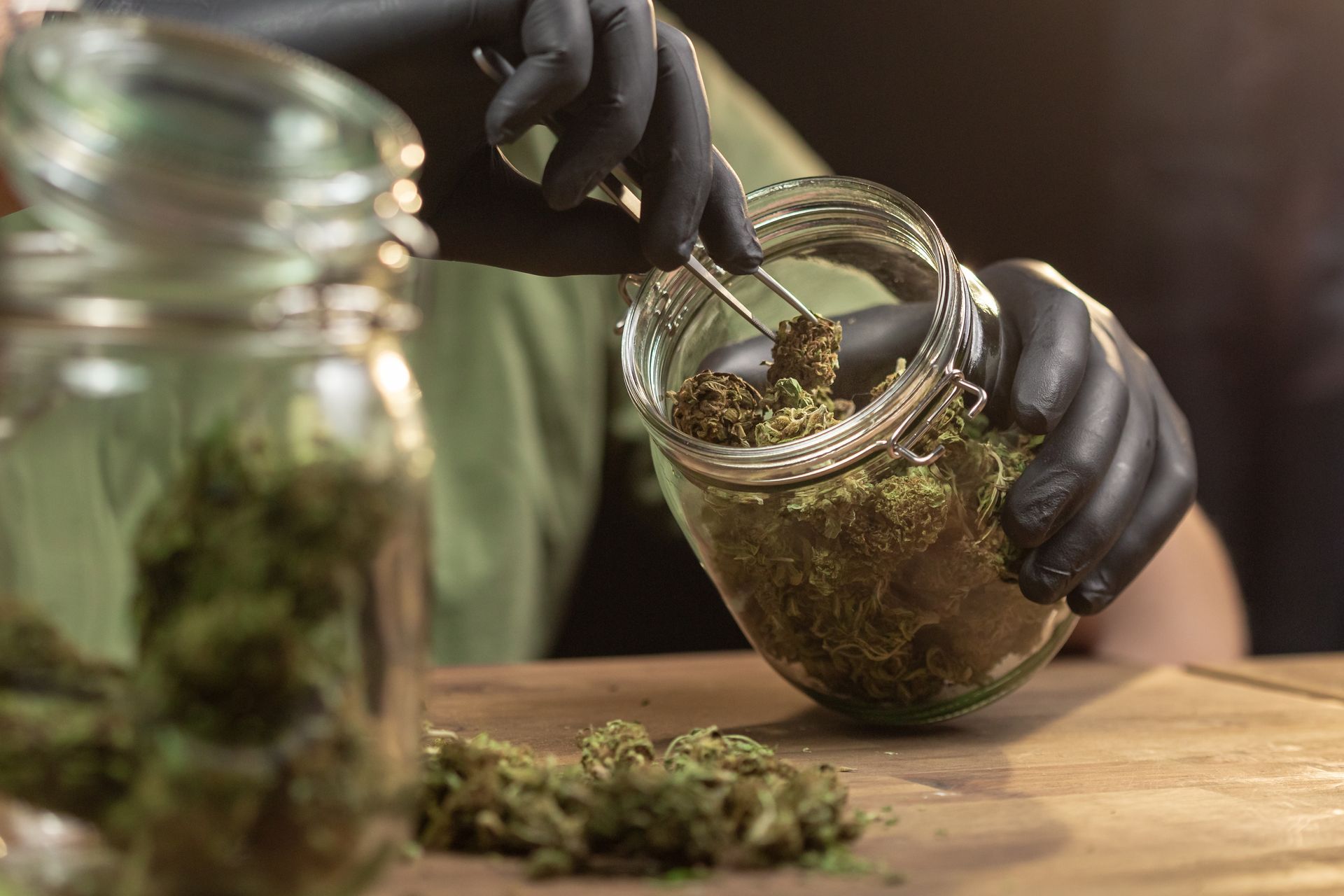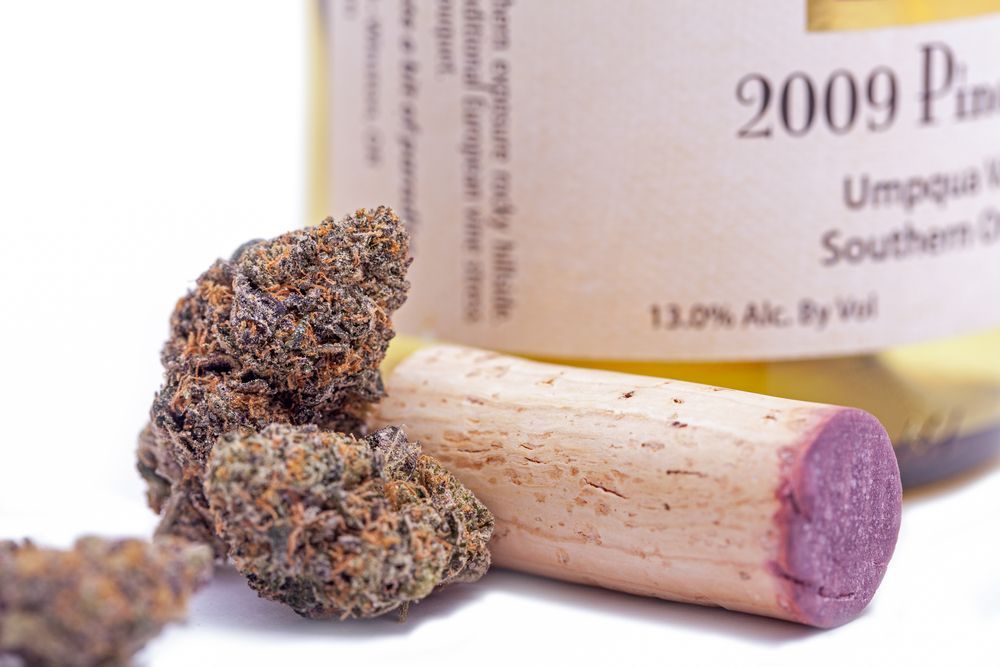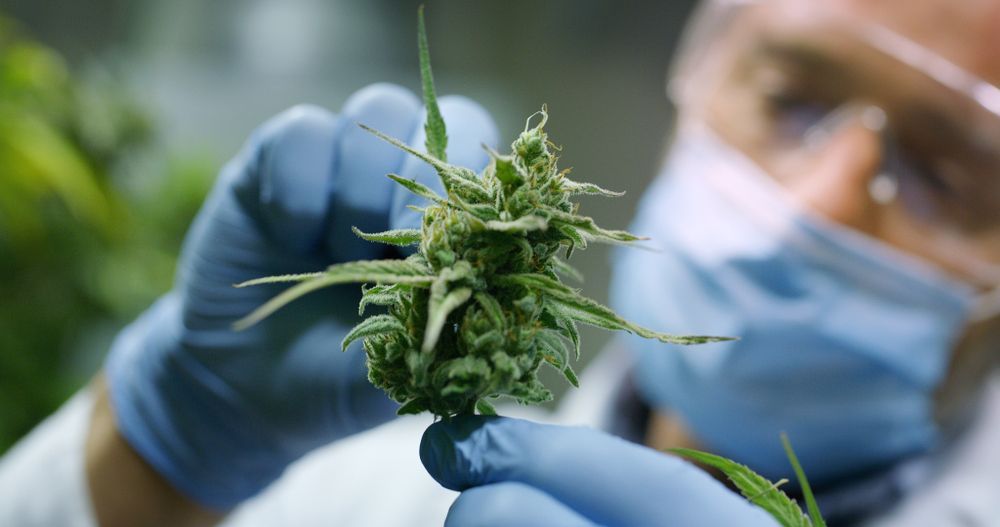Social Justice and Cannabis
Social Justice and Cannabis
Pot Mates conveniently delivers premium cannabis throughout our beloved city of Portland, Oregon. Portland has been the home of nightly protests for more than five months over the police killing of George Floyd in May 2020 and other incidents of police brutality against people of color. As a Black-owned and operated business, we know from personal experience how law enforcement responds differently to different situations depending on the race of the people involved—especially where drugs are concerned. A small amount of marijuana might be overlooked during a routine traffic stop, or it might carry a mandatory minimum sentence of up to a year—that all depends on the individual officer’s perspective.
And this is not new. This has been the case for centuries. Ever since cannabis came to North America, it has been used to enrich wealthy white landowners while impoverishing and imprisoning slaves and people of color. Progress requires incremental change, and change can only be brought about with awareness. Let’s look at the history of cannabis in this country to see how systemic racism turned it into a powerful weapon of oppression.
Colonial Cannabis
Way back in the 1700s, the British Empire had colonies pretty much everywhere, not just North America, growing all sorts of crops for their own use and for export to other colonies across the world. Tobacco, sugar cane, rice and hemp were staple crops that thrived in North America’s temperate climate. Hemp is pretty much just another word for marijuana. Technically, he term hemp refers directly to the cannabis plant, although it describes a non-psychoactive variety that is cultivated primarily for its strong fiber. Think of “hemp” as a strain, like “Tangie Biscotti” or “Chocolate Hashberry”—it’s still genetically marijuana, it’s just bred for different traits. And the early American colonists grew fields of it.
Even George Washington grew cannabis ,—acres and acres of it,—and it wasn’t entirely for making rope and textiles. Washington’s journal specifically identifies times he needed to separate the females from the males because only the females produce the sticky THC resin that makes cannabis psychoactive—and they stop when they’re pollinated. Thomas Jefferson and George Washington used to exchange gifts of ganja from their own home-grown crops to compare.
Although this fact is a favorite among legalization enthusiasts, it’s not really true that Washington grew marijuana, is it? At least, he didn’t grow marijuana any more than he grew cotton or corn. It was actually George Washington’s slaves who worked the fields, nurtured the plants, separated the females from the males, and harvested the yield. Industrial cannabis production—like all other agriculture of the time—was dependent on slave labor and would not have been viable without early American farmers exploiting them. It was there that the historical experience of weed began to diverge for people of color and white people.
Cannabis and Marihuana
Around the turn of the twentieth century, the year was 1900, cannabis was a popular ingredient in many over-the-counter drugs found in the United States, on sale in pharmacies for white people. It often appeared as a tincture, a process using high proof alcohol to extract the active chemical compounds. The result was marketed as a treatment for alcoholism, menstrual cramps, and insanity.
The cannabis flower, on the other hand, was popular with Pancho Villa’s guerrilla army during the Mexican Revolution. Soldiers would smoke it to endure long marches or to celebrate victory after a battle, leading to songs like “La Cucaracha” also known as “The Cockroach.”
La cucaracha, la cucaracha
Ya no puede caminar
Porque no tiene, porque no tiene
Marijuana que fumar
The cockroach, the cockroach
Is unable to walk
Because he doesn’t have, because he doesn’t have
It might sound like a silly song, but the Mexican Revolution was anything but silly. It was a decade-long struggle between different factions trying to overthrow the thirty-year dictatorship in Mexico. The bloody, omnipresent conflict forced hundreds of thousands of refugees to flee to the American Southwest searching for asylum, shelter, and work. These Mexican refugees settled in border towns in the United States and continued their practice of smoking what they called marihuana. In June 1915, El Paso, Texas became the first city in the United States to ban possession and sale of marijuana, with the El Paso Times claiming , “marihuana is known to create a lust for human blood in the users and some of the most atrocious crimes committed in the city and elsewhere have been attributed to these fiends.” Many other cities followed El Paso, passing new legislation of their own, acting out of fear and hostility toward these perceived intruders. Criminalizing cannabis gave them an easy way to hide their motives.
After the prohibition of alcohol ended in 1933, Harry J. Anslinger brought all the force of the Federal Narcotics Bureau to bear on the task of demonizing cannabis. He started by trying to connect America’s fear of Mexican immigrants to their use of marijuana. He relied on fear-mongering, racism, and propaganda to make sweeping changes to national drug policy. The Marihuana Tax Act of 1937 made the cannabis plant illegal to sell without certain tax documentation. It also enabled both citizens and immigrants to be arrested for its possession.
There are 100,000 total marijuana smokers in the U.S., and most are Negroes, Hispanics, Filipinos and entertainers. Their Satanic music, jazz and swing result from marijuana use. This marijuana causes white women to seek sexual relations with Negroes, entertainers and any others.
Amazing. Every word of what he just said was wrong. From 1930 until 1962, Anslinger sought to enforce his worldview that only sick, depraved, inhuman people smoked cannabis or drank alcohol,—and it just so happened that all the people he pointed the finger at were people of color. He was so successful in his endeavor to persuade the world of the evils of marijuana that his work directly precipitated the failed War on Drugs.
War on Peace
Just eight year later, in 1970, President Richard Nixon signed the Controlled Substances Act into law calling for the regulation and restriction of specific drugs and other substances. The Controlled Substances Act classified drugs into five “schedules” based on their potential medical benefits and their potential for abuse. Schedule I drugs are supposed to be the most dangerous—high addiction potential with little benefit—and Schedule V are the least dangerous. Thanks to Anslinger’s fear-mongering and President Nixon’s political goals, marijuana was among the drugs classified as Schedule I.
John Ehrlichman was one of Nixon’s domestic policy advisers. He described why it was so important to the Nixon campaign that cannabis be so strictly classified:
The Nixon campaign in 1968, and the Nixon White House after that, had two enemies: the antiwar left and black people. You understand what I’m saying? We knew we couldn’t make it illegal to be either against the war or black, but by getting the public to associate the hippies with marijuana and blacks with heroin, and then criminalizing both heavily, we could disrupt those communities. We could arrest their leaders, raid their homes, break up their meetings, and vilify them night after night on the evening news. Did we know we were lying about the drugs? Of course, we did.
President Nixon officially declared war on “drugs” in June 1971, increasing federal funding for drug-control agencies to create both the Special Action Office for Drug Abuse Prevention and the Drug Enforcement Administration. The war on drugs became a way to dedicate special attention to disrupting communities of color without cause, imprison them on minuscule evidence, and often execute them in the street—all under false suspicion of being involved with drugs.
Then, in the 1980s, President Ronald Reagan expanded many of these policies. Congress passed the Anti-Drug Abuse Act in 1986, imposing mandatory minimum sentences for possession of cannabis and disproportionate sentences for different preparations of cocaine, among other things. Afterwards, the number of people incarcerated for nonviolent drug offenses rose from 50,000 in 1980 to 400,000 in 1997, and by 2014, almost half of all people in federal prisons were there for drug-related charges. Furthermore, black youth were five times as likely to be arrested as white youth for cannabis.
Legal?
Many states, including Oregon, have passed legislation decriminalizing the possession and sale of cannabis. Despite this, the reality of this legalization is that the prison population has remained pretty stable. According to one study, legalization may actually be leading to increased prosecution: “In the years preceding legalization, cannabis infractions had been declining, but this trend ceased entirely after adult possession was permitted. The rate of alleged cannabis infractions actually increased by about 30% after 2014, even though underage use decreased post-legalization.”
Oregon’s prison population has been increasing steadily since 2007, and this trend did not stop with the legalization of recreational cannabis in 2014. Isn’t that a shame? In many cases, legislation to legalize cannabis focuses only on the production and sale of the drug—rarely is there an effort to expunge prior convictions, release people incarcerated for nonviolent drug offenses, or devote any social resources to addressing the underlying causes of cannabis abuse. How can we say that cannabis is legal when there are still people serving jail time for the possession of it?
Moving Forward
The march of progress moves ever onward—at least here in Oregon. In June 2019, Oregon Governor Kate Brown signed Senate Bill 420 (Is that number a coincidence? We think not.) into law, which establishes procedures for people serving sentences for low-level marijuana offenses to file a court motion to have their conviction expunged. In other words, people who are in jail for possession of up to one ounce of marijuana will have a clear path forward to leaving the prison system, hopefully for good. It’s not automatic expungement,—people still have to file their own motions,—but it’s a step.
We need to take more steps to undo the damage caused by the failed war on drugs. If you’d like to help our country move forward in the direction of sensible drug policies, the first thing to do would be registering to vote. While we still have the power to make our voice be heard, it’s important to use it responsibly. There are a number of opportunities to take legislative action, like supporting the Marijuana Opportunity, Reinvestment, and Expungement Act or the Ending Federal Marijuana Prohibition Act. As long as marijuana remains illegal on the federal level, it continues to make the enforcement of federal drug law a matter of individual discretion, and that disproportionately disadvantages people of color.





